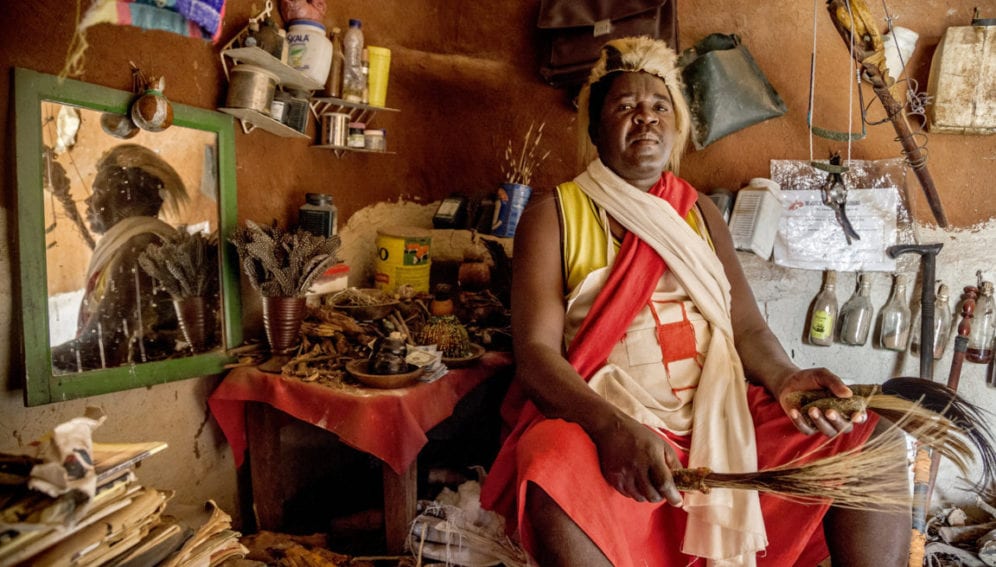By: Pauline Okoth
Send to a friend
The details you provide on this page will not be used to send unsolicited email, and will not be sold to a 3rd party. See privacy policy.
[KAMPALA] Kenyan researchers are seeking to substantiate claims by traditional health practitioners (THPs) that the Bambara plant is effective in cancer treatment.
According to the Kenya Cancer Network, cancer is the third highest cause of morbidity after infectious and cardiovascular diseases, leading to seven per cent of deaths in Kenya. The researchers hope to create a locally-manufactured and cheaper cancer medicine compared to current treatment options.
The Bambara plant, known as Vigna subterranean, and commonly called njugu mawe in Kenya, is a leguminous crop with already proven nutritional value.
“The Bambara nut has shown potential to manage cancer because it contains tannins which are antioxidants capable of eliminating cancer-causing toxins.”
Jennifer Orwa, Centre for Traditional Medicines and Drug Research, Kenya Medical Research Institute (KEMRI)
Scientists at the Centre for Traditional Medicines and Drug Research of the Kenya Medical Research Institute (KEMRI) are working towards establishing and documenting the medicinal value of the crop in cancer treatment.
The findings of the study, which examined the use of the plant by THPs for cancer treatment, were presented at the 5th Annual East African Health and Scientific Conference in Uganda last month (25-27 March).
Jennifer Orwa, the project’s chief research officer said: “The Bambara nut has shown potential to manage cancer because it contains tannins which are antioxidants capable of eliminating cancer-causing toxins. The presence of tannins is one way of proving if something can be effective against cancer.”
This preliminary survey conducted in November last year to gather, share and document indigenous knowledge in the use of the Bambara plant for cancer treatment involved 18 male and 12 female THPs in Bungoma, Kakamega and Busia counties in western Kenya.
The survey showed that 80 per cent of the 30 THPs used the Bambara plant for treatment of throat, colon, breast and prostate cancers. Most THPs have used the plant for between six and 20 years. The seed or nut is the most widely used part of the plant, with fewer THPs noting that they used its leaves, roots or both parts.
The findings of the study are yet to be published in a journal, Orwa added, noting that the study did not identify whether cancer patients were cured of the disease after getting treated with V. subterranean.
KEMRI has partnered with the Kenya Agricultural and Livestock Research Organization to isolate five varieties of the Bambara plant for use in the laboratory study. Cancer cells have already been bought for testing the extracts.
Reflecting on the current cancer treatment challenges in East Africa, Mohammed Dahoma, the director of prevention services in Zanzibar, a Tanzanian island region, says a local remedy, if available, will be more than helpful.
He looks forward to finding out what kind and stage of cancer the Bambara plant could treat, and the extent of effectiveness.
Orwa encouraged Kenyan farmers to grow Bambara plant for its nutritional value. But she said what is yet to be established is whether as food, it has preventive properties against cancer.
This article has been produced by SciDev.Net's Sub-Saharan Africadesk.














